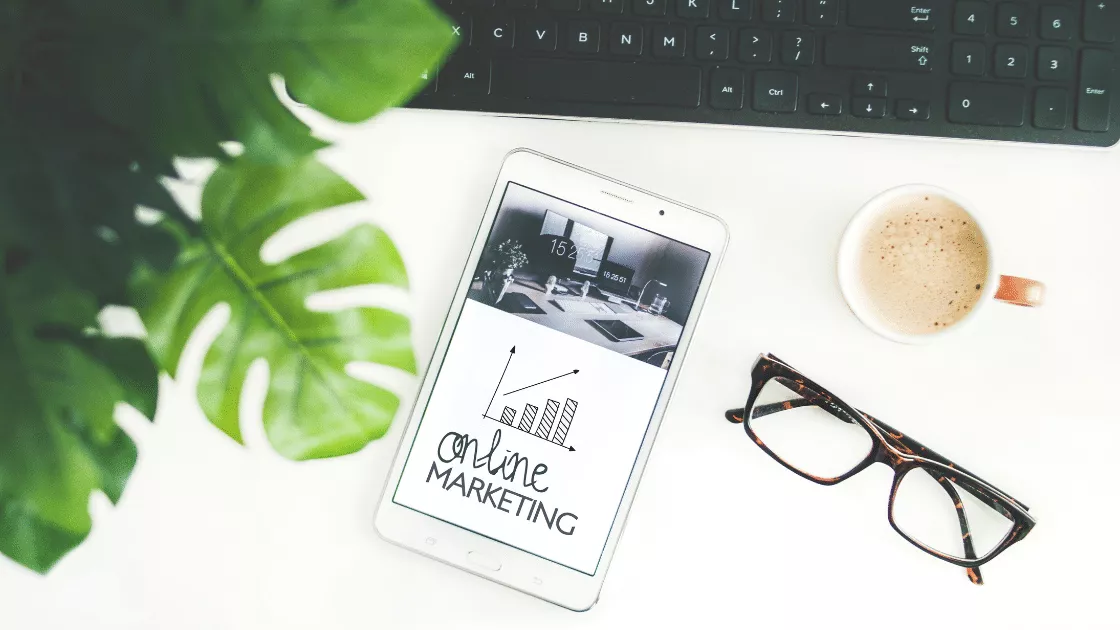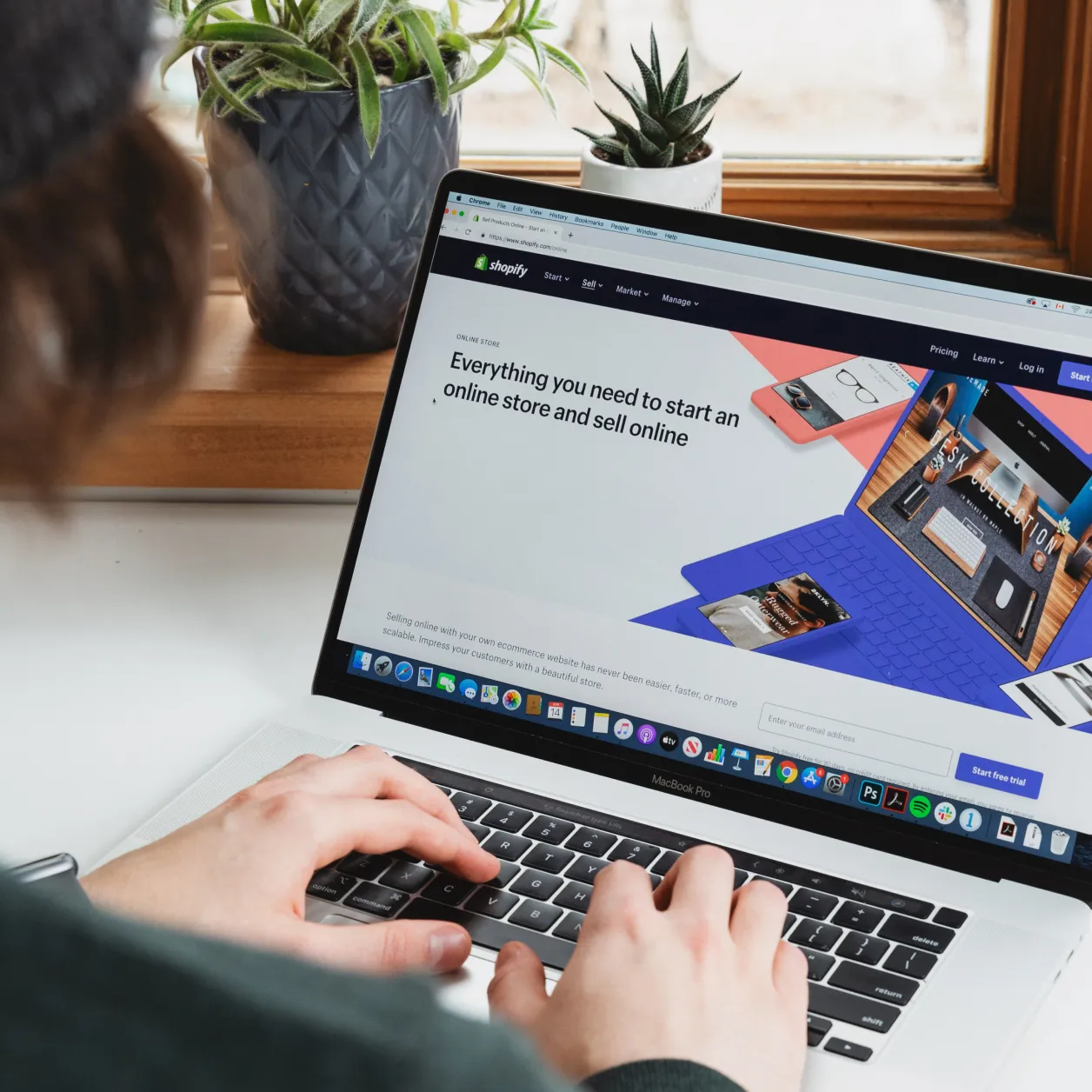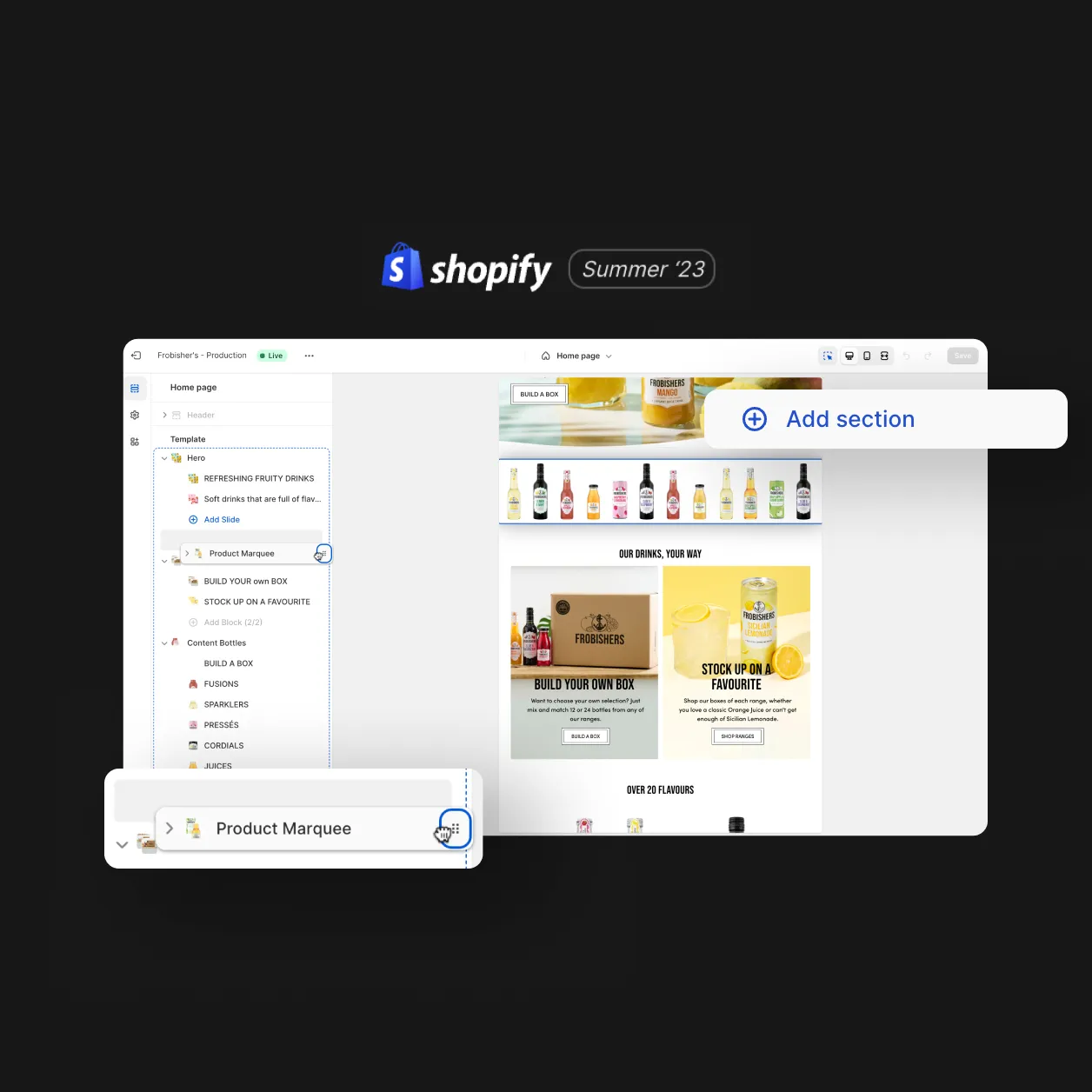
Welcome! It’s the start of a new year and a new decade. Many businesses and friends that we have been chatting to believe that this is going to be the time for growth and for planting the seeds to new ideas. While there are plenty of exciting thoughts and plans, we’ve found ourselves having to explain the basics of digital marketing again and again, as most growth is centred on the digital experience. With that in mind, we have put pen to paper and dedicated this page to helping anyone who thinks that they may need to do more online and doesn’t know where to start with digital marketing.
To help you figure out what might be the best course of action for your brand or business, we’ll cover the key digital marketing channels, where to begin with planning a digital strategy and how you can measure digital marketing. Of course, if there are any areas we haven’t clarified, you can drop us an email or follow us on Instagram where we will be happy to point you in the right direction.
Firstly, what is digital marketing?
Digital marketing is the marketing of products or services using digital technologies on the Internet. These digital technologies include – but aren’t limited to – search engines, social media, websites, apps, advertising online and emails. Essentially anything that uses the internet to operate and can be commercialised, falls under the umbrella of digital marketing. As you can imagine, this is very broad and knowing where to start with digital marketing is understandably a little confusing.
One thing to make very clear from the start is that there is no straightforward, tried and tested path to success that can be replicated. This cookie-cutter approach to marketing is usually cheaper initially but will cost you more long-term. Digital marketing must be tailored for the business it’s being applied to in order to be successful. Being relevant is essential in succeeding online.
What are the most important digital marketing channels?
As mentioned, the digital landscape is pretty vast. Entire industries exist around just one element or type of technology but if you’re completely new to digital, the fundamentals of digital marketing can be lumped together under social media, search marketing and your website, with each of these channels being underpinned by content marketing. Generally speaking, it’s important to get these areas right first before spending a lot of money on broader advertising. The only caveat is email marketing which can work as long as you have a database to send your emails to.
The above is simplifying digital marketing down to its broadest terms. If you have already started with some elements, another way to look at digital marketing is to view it in the context of Owned, Earned & Paid Media. This helps to visualise gaps in your marketing plan and areas that perhaps need more focus. For example, do you need to strengthen your Owned media before investing in Paid? Perhaps you have lots of owned media that can be leveraged better in paid media or SEO (owned media).
If we had to prioritise just one thing, over everything else, it would have to be getting the website in great condition. By default, if you have a website that adheres to best practices (content-rich, well organised, great user experience, etc) then the likelihood is that you will have already begun your journey in search marketing, content marketing and have things that can be shared on social media. As we say to some clients, you need to get your house in order before you invite people around to view it. Macro content that sits on your website will have a much longer shelf-life than a fleeting social media post. It will keep working for you and helping to strengthen your inbound marketing far more cost-effectively than a PPC ad and it’s the best tool you have to demonstrate exactly what you’re about.
If you have a bad site, the rest of your marketing activity is compromised before it’s even begun.
How do I start defining my digital marketing strategy?
To know where to begin, it’s essential to know where you want to go. The role of a strategy is to create an achievable roadmap of how to get there.
Start by outlining your objectives in order of priority. If you’re a business that is solving a common problem, organic search marketing is probably a priority over social media or PPC. If your business is centred around brand positioning and service instead of its price competitiveness, then social and content marketing better channels to demonstrate that than SEO. If you’re getting sales but a small number of repeat customers, you might want to explore email marketing to engage lapsed customers.
…But I need sales!
We are often told that sales are the priority. When defining your digital strategy, it’s a given you want more cash in the bank and this end goal is not the same as a strategy.
If you see an advert, do you buy it straight away? Probably not. You probably need to see the ad a few times before you even notice what the product/service is. You need to hear about it from a trusted source, see it used by someone (ideally someone just like you) and understand what the product/service’s benefits are when compared to a competitor. People rarely buy something on impulse because you ask them to. They have worked hard for their money and usually need to justify (even if only for a few moments) why they should part with it. What aren’t you doing currently that you need to in order to convince and convert?
The question you need to answer in order to define your strategy should be “What or who is it that the business needs to explain/showcase/attract to get those sales?”
Peel back the layers of what the customer journey is currently between hearing about your product for the first time and going on to buy – what does your conversion funnel look like? Do a current flow of the user experience of your brand/business, then add in a version of what you would want in an ideal world –
What are the missing pieces and which ones are the priority?
I have my plan of action – how do I measure digital marketing to know what’s working?
Digital marketing and media have a lot of acronyms. There is a lot to get your head around so start with reading Digital Marketing Metrics everyone should know. This covers the basics which are Reach (how many people saw your business), Engagement (How many people liked what they saw) and Conversion (How many people went on to do the thing you wanted them to do).
Just as with the digital marketing funnel, the top will be wider than the bottom. Once you have a base point to start from, the key to success is constant incremental gains to close the gap between seeing your brand, converting and then providing the touch points needed for repeat business. There is no such thing as an overnight success, it’s a consistent effort to improve and refine.
We really hope that this was useful as a starting point. We have lots of resources on the website packed with more information for startups, small businesses and anyone with an interest in digital.
For more information about digital marketing, please get in touch.
Design
Inspiring behaviour change through visual experiences. Our digital design services ensure instant clarity and visuals that cut-through in a cluttered market.




